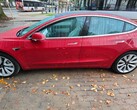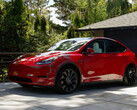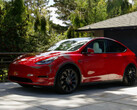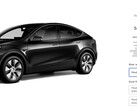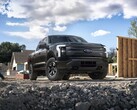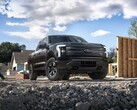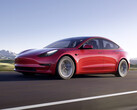The list of vehicles eligible for the new US$7,500 federal EV subsidy brought about by the Inflation Reduction Act has finally been published by the IRS, and there are some surprises in there. The tax credit towards the purchase of a new Tesla kick in on January 1, and two Model 3 versions, as well as six Model Y variants will be eligible for the government subsidy.
Tesla Model 3 versions that qualify for the full US$7,500 tax credit
- Tesla Model 3 Rear Wheel Drive
- Tesla Model 3 Long Range
Tesla Model Y versions eligible for the SUV tax credit
- Tesla Model Y All-Wheel Drive - 7 seat variant (3-rows), $80,000
- Tesla Model Y Long Range - 7 seat variant (3-rows), $80,000
- Tesla Model Y Performance - 7 seat variant (3-rows) $80,000
- Tesla Model Y All-Wheel Drive - 5 seat variant (2-rows), $55,000
- Tesla Model Y Long Range - 5 seat variant (2-rows), $55,000
- Tesla Model Y Performance - 5 seat variant (2-rows), $55,000
Interestingly enough, not all Model Y vehicles are considered SUVs by the IRS for the purpose of the higher US$80,000 purchase limit. If the buyer gets a 5-seater Model Y, the IRS has set the upper purchase price limit much lower - at US$55,000 like for the Model 3 - so some trims would be excluded.
Still, the Treasury Department is delaying its guidelines for the made-in-US battery component requirements until March, so for now all of the aforementioned eligible Model Y and Model 3 versions qualify for the full US$7,500 subsidy amount, regardless of their battery origin.
In order to eligible, the Tesla has to be bought for the owner's personal use, and neither for resale nor for export. Furthermore, the buyer's adjusted gross income to qualify for the new EV subsidy shouldn't exceed US$150,000 for single filers, US$300,000 for joint tax filers, or US$225,000 for heads of households.





